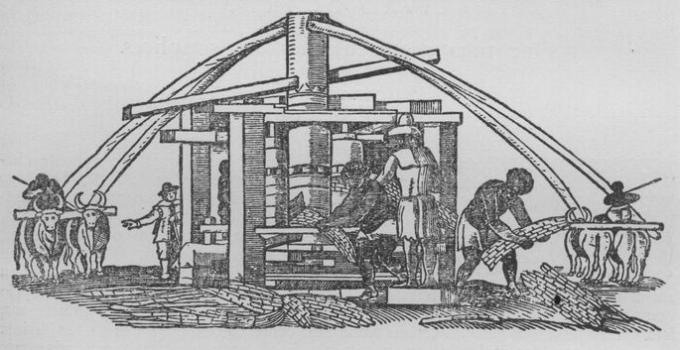The oldest archaeological records found of the ruins of cities date back to the Neolithic Revolution, circa 4,000 to 3,000 BC. Ç.. The constitution of cities in antiquity was intended to be centers of commerce and/or also as fortifications of war against enemies.
In the cities of the period, the beginning of the division of labor and the use of means of exchange, such as shells and semi-precious stones, in trade can be seen. Cities initially emerged as small villages on the banks of rivers, and with the growth of population and activities, they became more complex cities. The main places of emergence of the cities were along the valleys of the Tigris and Euphrates rivers, in Mesopotamia; from the Nile in Egypt; from the Indus River in India; the Yang-Tse-Kiang and Hoang-HO in China; and from San Juan, in Meso-America.
With greater complexity of activities, it was necessary to create States for military defense and the construction of large works (of irrigation, temples, canals etc.), in a process of formation of civilizations - a term related to the peoples who live in cities.
In European territory, the first prominent civilization was the Greek, whose records of city-states date back to the 8th to 6th centuries BC. Ç.. Greek cities were commercial, religious, political and artistic centers, with organizational autonomy in relation to the others. The best known Greek cities were Athens and Sparta, which for centuries dominated trade in the Aegean Sea and part of the Mediterranean, also leaving as an important legacy philosophical, political (democracy), legal, military and artistic aspects that are still noticeable.

Center of the Empire, Rome is an example of the centrality of urban spaces for the formation of civilizations
However, the most notorious case of an ancient city is Rome. Of myth of the emergence of the city, from the twin brothers fed by a wolf, formed the largest empire of the period, whose capital was Rome. From the Republic onwards, the Romans expanded throughout Europe and much of Asia, economically, militarily and culturally dominating these regions for centuries.
Interestingly, it is from the decline of the Roman Empire that we see the loss of importance of cities in Western Europe. With the invasions of barbarian peoples and the destruction they initially caused, the inhabitants of these locals were forced to go to the countryside for refuge and safety in lands of landowners. From the creation of communities in these latifundia, the formation of feuds was verified, which gave the rural character to the medieval period.
Do not stop now... There's more after the advertising ;)
The ruralization of the region resulted in political decentralization and a drastic reduction in existing trade. However, in other regions, some cities maintained an important role. Constantinople (Byzantium) was the capital of the Eastern Roman Empire and replaced Rome in importance and development, becoming the commercial and urban center of Europe, converging caravans from various regions. In pre-Columbian America, we can highlight the cities of Cuzco and Machu Picchu, in Peru, and the ancient city of Tenochiitlan, where Mexico City is located today.
At the end of the Middle Ages, with the commercial and urban renaissance within the European continent, cities returned to develop – now from the villages – as commercial and cultural centers, in addition to seeing capitalism develop industrial.
The most classic case is the English one, whose cities grew mainly after the fences that they expelled the peasants from their lands, forcing them to proletarianize themselves in the nascent industries urban areas. The advent of the Industrial Revolution, added to the centralization of State administration, gave impetus to the urbanization of vast territorial spaces, leading to the need to create policies for planning and urbanization, aimed at solving housing, sanitary and displacement problems, and also as a way for the State to prevent and combat social disturbances arising from urban life contemporary.

Today the urban population has surpassed the rural population in the world, giving rise to huge cities like New York
The development verified during capitalism created metropolises and megalopolises, being the the first large cities of national and regional importance, and the second, spaces for the union of metropolises. In the year 2000, half of the world population lived in cities, and the UN projects for the year 2050 the existence of two thirds of the urban population.
By Tales Pinto
Graduated in History



